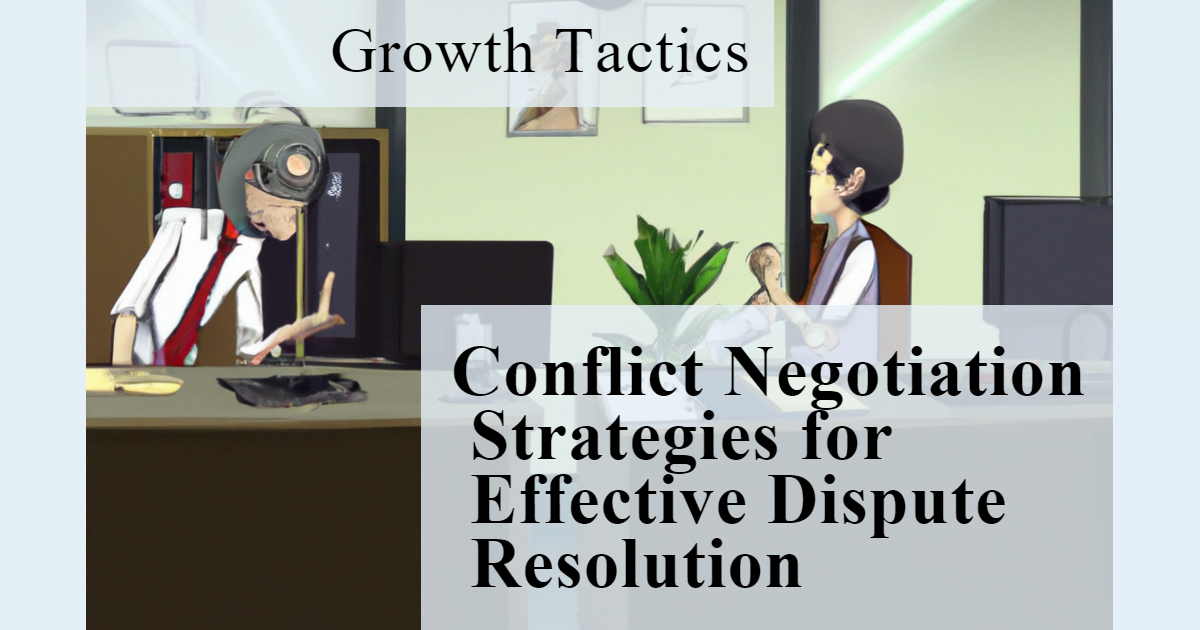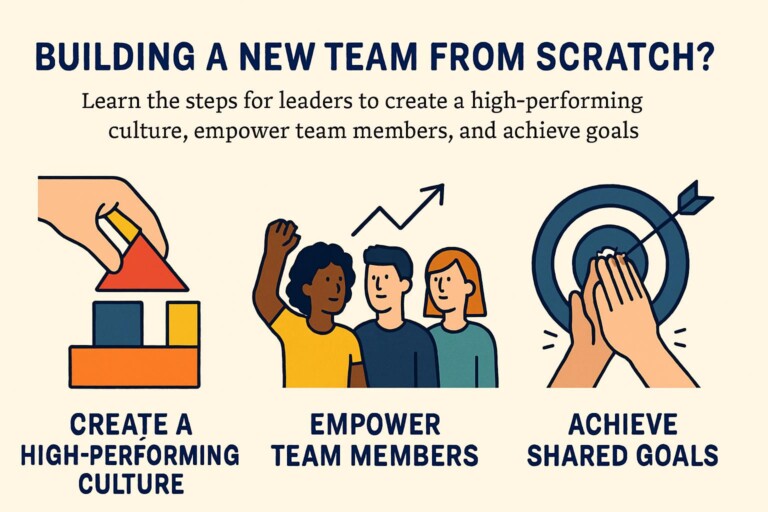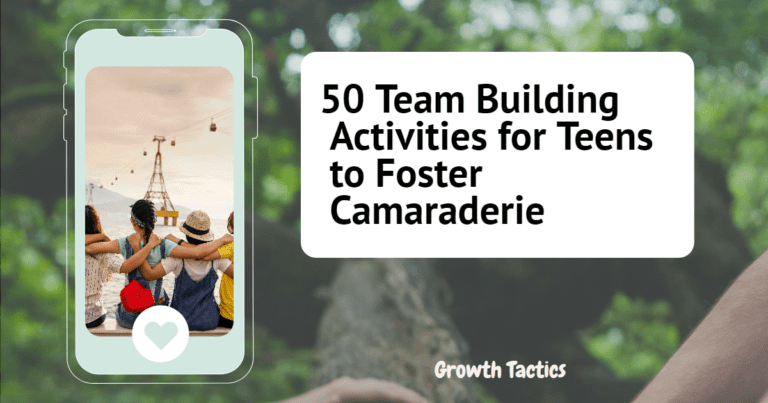Conflict is an inescapable part of human interaction, spanning from the boardroom to the battlefield, and even extending into the personal facets of our lives. Drawing on years of navigating through the tempestuous seas of conflicts in both my military and management careers, I’ve encountered a spectrum of disputes that demanded not just strength, but strategy, empathy, and, above all, an unwavering commitment to reaching a peaceful end.
These experiences have equipped me with a unique perspective on the art of conflict negotiation and the indispensable skills required for effective dispute resolution. This article is a distillation of those lessons learned in the trenches and at the negotiating table, intended to guide you through mastering conflict negotiation strategies and honing the skills needed for amicable dispute resolution.
Whether you’re leading a team, managing family dynamics, or navigating the complexities of personal relationships, the strategies and insights shared here promise to transform how you approach conflicts, turning potential battlegrounds into opportunities for growth and understanding.
Jump To Section
Understanding Conflict Negotiation
Conflict negotiation is a critical skill for resolving disagreements, whether they happen at work, in international relations, or in our personal lives. At its heart, it’s about finding a way for everyone involved to come away with something positive, rather than having one side win and the other lose. Negotiation is all about looking for a peaceful solution that takes into account what each person wants and needs.
Being good at negotiating conflicts means you have to be smart about how you handle people’s emotions and ideas. You need to really listen and understand where everyone is coming from, not just what they’re arguing about but also why they feel that way. This deeper understanding can help you come up with solutions that make everyone happier, now and in future interactions.
In my own experience, dealing with conflicts in the military and in business has shown me just how important negotiation is. It’s not just another skill—it’s essential for bringing people together and finding common ground. Military experience teaches us the value of planning and being strategic during negotiations. Management experience, on the other hand, teaches us how to work with others, find middle ground, and build strong relationships.
But it’s in our personal lives where we really see the impact of negotiation. It’s not just about solving a problem; it’s about keeping our relationships healthy and strong, even when we disagree.
In simple terms, conflict negotiation is both an art and a practical skill. It requires us to be thoughtful and understanding, and ready to find solutions that everyone can agree on. It’s about combining smart planning with a genuine willingness to make peace, which is key to solving problems and getting along better with people in any area of life.
Key Negotiation and Conflict Resolution Strategies
When it comes to resolving conflicts, using the right strategies can make all the difference. Here are some key approaches to help smooth out disagreements and find solutions that work for everyone:
1. Active Listening
Really listen to what the other person is saying, without just waiting for your turn to talk. Pay attention to their words, tone, and body language. By truly hearing them out, you show respect and open the door to understanding their viewpoint.
2. Open Communication
Talk openly and honestly about what you want and need, but do it in a respectful way. Avoid blaming or attacking the other person. Share your perspective clearly and invite them to do the same.
3. Focus on Interests, Not Positions
Don’t get stuck on one solution or demand. Instead, try to understand why people want what they want. When you know the underlying reasons for their position, you can find different ways to satisfy those needs.
4. Look for Win-Win Solutions
Aim for outcomes where everyone gets something good. Think creatively about how to make the situation work for all parties. When everyone feels like they’ve gained, it’s easier to agree and maintain good relationships.
5. Stay Calm and Patient
Conflicts can be stressful, but losing your temper won’t help. Keep your emotions in check and give the process time. Sometimes, just staying patient can lead to a breakthrough.
6. Be Prepared
Know the facts and think about what you want to achieve before you start negotiating. Understanding your goals and having the right information can help you make a strong case.
7. Find Common Ground
Even in conflicts, there’s usually something that everyone agrees on. Find those points of agreement and use them as a foundation to build a solution that works for everyone.
8. Use “I” Statements
When you talk about how you feel, start sentences with “I” rather than “You.” This way, you express your feelings without making the other person defensive. For example, say “I feel frustrated” instead of “You make me frustrated.”
By using these strategies, you can negotiate conflicts more effectively. Remember, the goal isn’t to win the argument; it’s to find a resolution that everyone can accept. When you focus on communication, understanding, and cooperation, you’re more likely to work through disagreements successfully and keep your relationships strong.
Techniques to Manage Conflict
Navigating through disagreements and conflicts can be challenging, but employing certain techniques can significantly ease the resolution process. Here are proven methods for managing conflicts effectively:
1. Practice Empathy
Try to see the situation from the other person’s perspective. Understanding their feelings and viewpoints can help you recognize their needs and concerns, making it easier to find a solution that works for everyone.
2. Use Neutral Language
Choose your words carefully to avoid escalating the conflict. Using neutral language helps prevent the other person from feeling attacked, making them more likely to listen to your perspective.
3. Establish Ground Rules
If you’re entering a planned discussion about a conflict, setting some ground rules can be helpful. Agree to take turns speaking, not to interrupt each other, and to keep the conversation respectful. This can create a safer space for open dialogue.
4. Agree to Disagree
Sometimes, you won’t be able to find a solution that satisfies everyone completely. In these cases, it might be necessary to agree to disagree, respecting each other’s viewpoints without holding onto resentment.
5. Focus on the Present
Bringing up past conflicts can complicate the issue and prevent you from moving forward. Try to keep the conversation focused on the current problem and how to solve it.
6. Take a Break if Needed
If emotions become too heated, taking a break can help everyone cool down and come back to the discussion with a clearer head. Sometimes, a brief pause can make a big difference in the conversation’s direction.
7. Seek Common Goals
Identify objectives that everyone agrees on and work from there. Focusing on shared goals can help shift the conversation from opposing positions to collaborative problem-solving.
8. Break the Problem into Smaller Parts
Large conflicts can seem overwhelming. Try breaking down the issue into smaller, more manageable parts. This can make it easier to tackle one thing at a time and gradually work towards a resolution.
9. Engage a Neutral Third Party
When direct negotiation is difficult, bringing in a neutral third party can help. This could be a mediator who facilitates the discussion and helps everyone reach an agreement.
10. Celebrate Agreement
When you reach a resolution, acknowledge the effort it took to get there. Celebrating the agreement reinforces positive feelings and can strengthen relationships for future interactions.
By applying these techniques, you can navigate through conflicts with more confidence and effectiveness. Remember, the goal isn’t just to resolve the immediate issue but also to maintain and possibly improve the relationship with the other parties involved.
Progressing Toward a Peaceful End
Moving toward a peaceful resolution in a conflict situation can be a complex journey. Nonetheless, with determination and strategic approaches, it’s possible to transition from discord to harmony. Here’s how to progress toward a peaceful end:
1. Acknowledge and Address Emotions
Conflicts are often driven by emotions as much as facts. Recognize the emotional component and address these feelings. Acknowledging emotions validates the experiences of those involved and can help deescalate tension.
2. Define Clear Objectives
Clarify what a successful resolution looks like for all parties. What are the non-negotiables, and where is there room for compromise? Defining clear objectives provides a roadmap for the negotiation process.
3. Encourage a Collaborative Approach
Frame the conflict resolution process as a collaborative effort. This promotes a team mentality, where everyone works together to solve a problem instead of working against each other.
4. Emphasize Mutual Respect
Even when disagreeing, maintaining mutual respect is crucial. When individuals respect each other, they are more likely to listen, understand, and work toward a resolution that considers everyone’s needs.
5. Explore Alternative Solutions
Sometimes, the first solution isn’t the best or only one. Be open to exploring alternatives that may satisfy the interests of all parties involved in ways that haven’t been considered before.
6. Solidify Agreements with Action Plans
Once an agreement is reached, it’s important to develop a concrete action plan. This should outline who is responsible for what actions, timelines for implementation, and how progress will be tracked.
7. Evaluate and Reflect
After the resolution is implemented, evaluate the outcome. Consider what worked and what didn’t. Reflecting on the process helps you learn from the experience and can improve how you handle future conflicts.
8. Foster Ongoing Communication
Maintaining open channels of communication after the conflict is resolved can prevent future misunderstandings and build trust. Encourage regular check-ins to ensure that agreements are being followed and that no new issues have arisen.
9. Be Open to Forgiveness
Holding onto resentment can prevent true resolution. Be open to the process of forgiveness, not just for reconciliation but for personal peace. Letting go of grudges allows everyone to move forward.
10. Celebrate Peaceful Resolutions
Recognize and celebrate when a peaceful conclusion is reached. This reinforces the behavior and shows that working through conflict can lead to positive results.
Conclusion
Moving towards a peaceful end in conflict situations often requires dedication, patience, and a willingness to understand and work with others. By employing these methods, individuals and groups can navigate the complex landscapes of conflict and emerge with stronger, more cohesive relationships, fostering a more harmonious environment for all parties.








